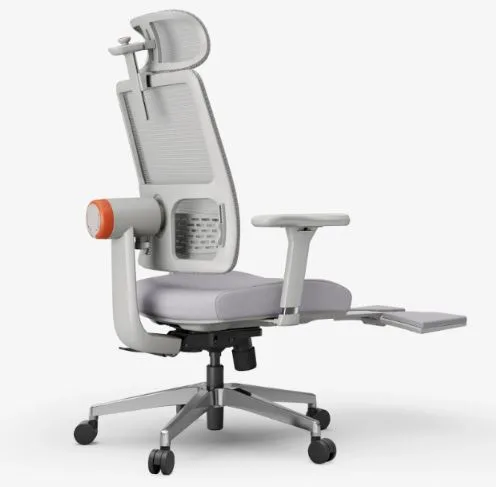What You Must Understand Before Using Nose Strips
One of those little but effective gadgets that may significantly improve daily living is a nose strip. These adhesive strips have grown in popularity among those seeking an easy, drug-free way to alleviate snoring, enhance sports performance, or even make it easier to breathe at night. Understanding how they function, the advantages they provide, and how to utilise them correctly for the best effects is important before deciding to include them in your regimen.
What Do Nose Strips Mean?
Flexible adhesive bands called nose strips are applied over the bridge of the nose. With proper application, their spring-like shape softly lifts and opens the nasal passages. Breathing becomes easier as they physically enlarge the nostrils, improving airflow via the nasal passages.
Nose strips are devoid of active chemicals, in contrast to sprays or drugs. Since they function mechanically as opposed to chemically, they are favoured by many as a non-invasive, natural alternative.
How Do Strips For The Nose Work?
Nasal passageways that are enlarged or constricted are often the cause of nasal congestion. In order to elevate the sides of the nose outward, nose strips adhere to the skin and use tension. By lowering airflow resistance, this expansion facilitates more pleasant and easier breathing.
It’s a simple but powerful idea: expanding your nasal airways may make breathing easier, especially while you’re sleeping or exercising vigorously.
Typical Causes Of Nose Strip Use
- Sleep Aids
Insufficient airflow often causes snoring. Nasal obstructions may induce snoring, but nose strips can lessen it by opening the nasal passages. They may not always be able to eliminate snoring, but they can be highly beneficial for those whose snoring is related to congestion.
- Better Quality Of Sleep
There is less tossing and turning at night when there is more ventilation. When using nose strips, people often report feeling more rested and rejuvenated when they wake up, particularly if they’re fighting a cold or during allergy season.
- Sportsmanship
Runners and cyclists in particular utilise nasal strips to increase their oxygen intake. Increased airflow has been linked to increased performance, less tiredness, and increased endurance.
- Cold And Allergy Relief
Nose strips temporarily relieve breathing difficulties caused by colds or allergies without the negative side effects of prescription drugs. Many people, even those who prefer not to use decongestants, find them to be a safe alternative.
A Few Things To Think About Before Using Nose Strips
Before incorporating nose strips into your daily routine, bear the following points in mind, even if they are safe and practical:
- They Don’t Treat Medical Conditions: Nose strips could be helpful in the short term, but they won’t work in the long run if structural problems like sleep apnea or a deviated septum cause your breathing difficulties. In these situations, it is essential to consult a physician.
- Skin Sensitivity: The adhesive may cause moderate discomfort in some individuals. Before using a strip overnight, test it on a little area of skin to help avoid pain.
- Only Temporary Relief: Although nose strips provide immediate relief, daily reapplication is required to keep them working.
- Correct Application Is Important: The strip’s efficacy may be diminished if it is positioned too high or too low on the nose. It’s important to follow the manufacturer’s directions.
How To Apply Nose Strips Properly
- Clean Your Skin: To clear your nose of any oil, dirt, or makeup, use a gentle cleanser. A spotless surface promotes the strip’s strong adhesion.
- Dry The Area: Make sure your nose is completely dry before applying the glue since moisture weakens it.
- Peel And Position: Take off the backing and position the strip over your nasal bridge, putting it in the middle of the space between your nostrils.
- Press firmly: To guarantee that the strip adheres, smooth it down and apply pressure.
- Gently Remove: After finishing, moisten the strip with warm water to dissolve the glue, then carefully remove it to prevent skin discomfort.
Conclusion
Although nose strips can seem like a little addition to your regimen, they can have a big effect. They provide better sleep, less snoring, improved sports performance, and congestion alleviation by increasing airflow—all without the need for prescription drugs. To get the most out of them, you must understand how they operate and how to utilise them properly. If you’re seeking an easy, cost-effective, and straightforward approach to breathe more easily, nose strips could be the answer.



